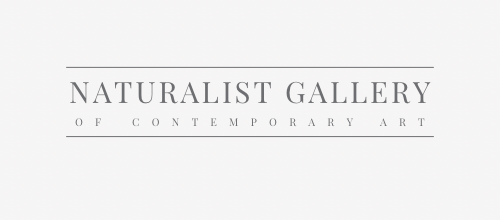The preservation of art is crucial for maintaining its beauty, integrity, and historical significance.
Learn art restoration basics: Clean gently, repair tears with care, tackle varnish cautiously. When unsure, consult pros to preserve art's integrity.
While professional art conservation should always be the first consideration for valuable or historically important pieces, there are instances where do-it-yourself (DIY) art restoration can be both a rewarding and practical solution for less valuable works. This article provides an overview of DIY art restoration, offering tips for those looking to carefully preserve or restore their own art pieces, as well as highlighting the risks involved and when to seek professional help.
Explore our curated selection of contemporary artists from around the globe.
Naturalist Gallery offers artist representation internationally. Apply your art.
Understanding the Basics of Art Conservation Art conservation involves a mix of science and artistry, requiring knowledge of materials, chemistry, and the artist’s original intent. Before attempting any DIY restoration, it’s important to research and understand the specific needs of the material you’re working with, be it canvas, paper, wood, or metal.
Cleaning Surface Dirt and Grime
- Gentle Cleaning: For paintings, a soft, dry brush can be used to remove surface dust. In some cases, a slightly damp cloth with distilled water may be appropriate, but always test on a small, inconspicuous area first.
- Avoid Harsh Chemicals: Harsh cleaning agents can damage the original artwork. If water is not sufficient, consult with a conservator before using any other cleaning solutions.
Repairing Tears and Holes in Canvas
- Patch Method: Small tears in canvas can sometimes be repaired using a patch method from behind, using acid-free adhesive and canvas. This requires careful alignment and should only be attempted if the tear is clean and the surrounding paint stable.
- Seek Professional Advice: Larger tears or damage in valuable paintings should be addressed by professionals, as DIY repairs can cause further damage or reduce the artwork’s value.
Dealing with Yellowed Varnish
- Varnish Removal: Removing yellowed or aged varnish is a delicate process that can easily damage the underlying paint. It’s often best left to professionals. If attempting to remove varnish, use a gentle solvent tested on a small area and apply with extreme caution.
Preventative Conservation
- Environmental Controls: Protect art from direct sunlight, humidity, and temperature fluctuations. Proper framing and display can also prevent future damage.
- Regular Maintenance: Regularly dusting and inspecting art can prevent minor issues from becoming major conservation needs.
Knowing When to Call a Professional If an artwork is valuable, historically important, or if you are unsure about any restoration process, it’s critical to consult a professional conservator. Unauthorized or improper restoration attempts can irreversibly damage artwork and diminish its value.
DIY art restoration can be a rewarding endeavor for non-valuable pieces, but it carries risks. Education, caution, and a deep respect for the artwork’s integrity are essential. When in doubt, professional conservators are the safest choice for preserving the life and beauty of art for future generations.
Learn more About Naturalist Gallery of Contemporary Art.
You may also find the following articles helpful:
Form: Understanding Dimensionality
Tone in Art: Understanding Color Value
Line: Types, Techniques, Element of Art
How to Get Your Work in an Art Gallery





